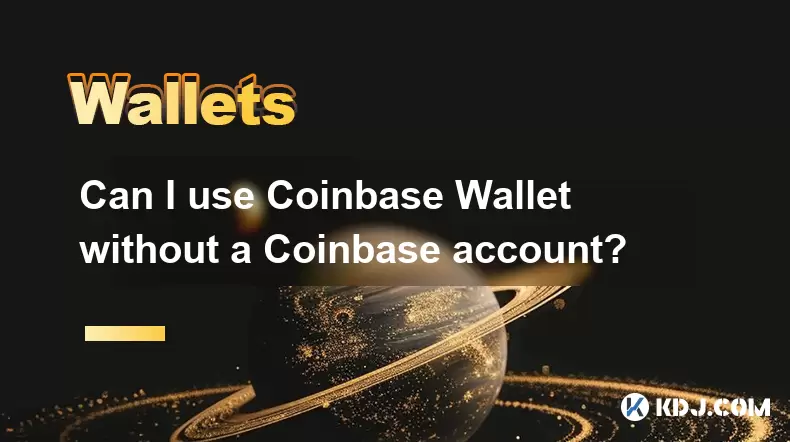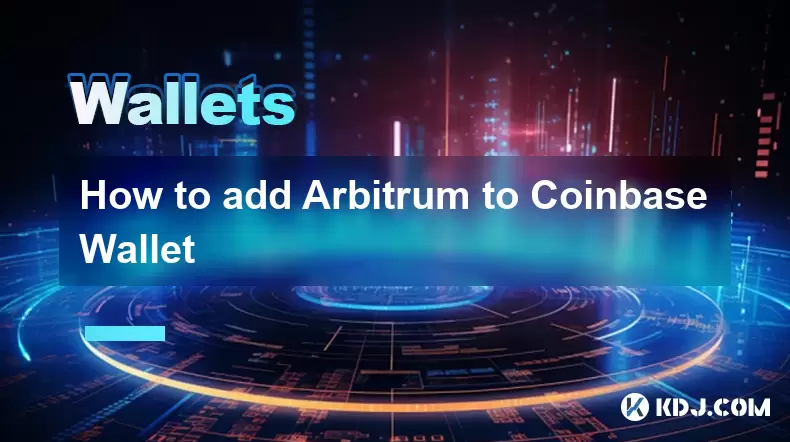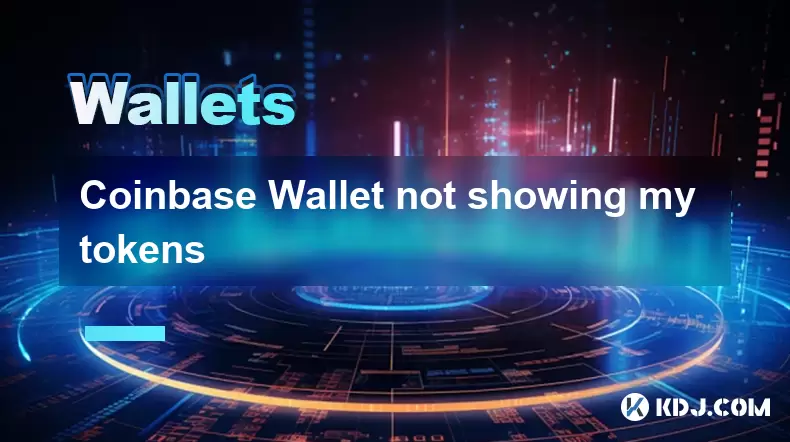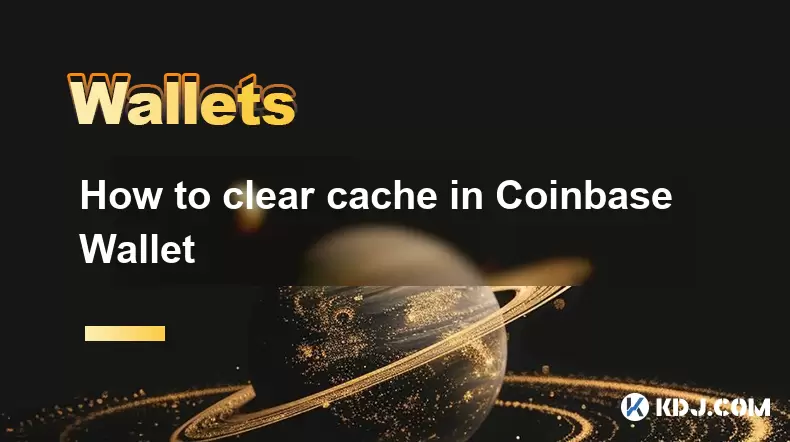-
 Bitcoin
Bitcoin $118900
0.42% -
 Ethereum
Ethereum $3710
-2.88% -
 XRP
XRP $3.513
-2.96% -
 Tether USDt
Tether USDt $1.000
-0.01% -
 Solana
Solana $203.0
3.65% -
 BNB
BNB $765.5
-1.29% -
 USDC
USDC $0.9998
0.00% -
 Dogecoin
Dogecoin $0.2671
-4.18% -
 Cardano
Cardano $0.8817
-3.63% -
 TRON
TRON $0.3139
-0.64% -
 Hyperliquid
Hyperliquid $44.34
-5.45% -
 Stellar
Stellar $0.4637
-4.08% -
 Sui
Sui $3.908
-2.59% -
 Chainlink
Chainlink $19.34
-2.62% -
 Hedera
Hedera $0.2712
-3.77% -
 Avalanche
Avalanche $24.97
-4.13% -
 Bitcoin Cash
Bitcoin Cash $519.8
-1.48% -
 Shiba Inu
Shiba Inu $0.00001518
-3.74% -
 Litecoin
Litecoin $115.6
-2.21% -
 Toncoin
Toncoin $3.460
3.68% -
 UNUS SED LEO
UNUS SED LEO $8.977
-0.07% -
 Polkadot
Polkadot $4.460
-2.96% -
 Uniswap
Uniswap $10.53
-5.43% -
 Ethena USDe
Ethena USDe $1.001
0.01% -
 Monero
Monero $323.6
-0.36% -
 Pepe
Pepe $0.00001379
-2.60% -
 Bitget Token
Bitget Token $4.772
-3.90% -
 Dai
Dai $0.9999
0.00% -
 Aave
Aave $307.5
-6.66% -
 Bittensor
Bittensor $441.8
0.84%
Where is the private key of Keystone Pro stored?
The Keystone Pro securely stores your private key offline in a tamper-proof SE chip, protected by strong encryption and access control, ensuring your cryptocurrencies remain safe.
Apr 06, 2025 at 12:14 am

The Keystone Pro is a hardware wallet designed to provide secure storage for cryptocurrencies. One of the most critical aspects of using any hardware wallet is understanding where and how the private key is stored. In the case of the Keystone Pro, the private key is stored in a highly secure manner to ensure the safety of your digital assets.
Secure Element Chip
The private key of the Keystone Pro is stored within a Secure Element (SE) chip. This chip is a specialized hardware component designed to protect sensitive data, such as cryptographic keys. The SE chip used in the Keystone Pro is certified to meet high security standards, ensuring that your private key remains safe from unauthorized access.
Offline Storage
The Keystone Pro ensures that your private key is stored offline. This means that the private key never leaves the device and is not exposed to the internet, significantly reducing the risk of it being compromised by online threats such as hacking or phishing attacks. By keeping the private key offline, the Keystone Pro provides an additional layer of security for your cryptocurrencies.
Tamper-Proof Design
The device itself is designed to be tamper-proof. This means that any attempt to physically access the internal components of the Keystone Pro, including the SE chip where the private key is stored, will result in the device being rendered inoperable. This feature ensures that even if someone were to gain physical access to the device, they would not be able to extract the private key.
Encryption and Access Control
The private key on the Keystone Pro is also protected by strong encryption. This means that even if someone were to somehow bypass the physical security measures, they would still need to decrypt the private key, which is an extremely difficult task without the correct credentials. Additionally, the Keystone Pro implements strict access control measures, ensuring that only authorized users can interact with the private key.
User Control and Recovery
The Keystone Pro gives users full control over their private keys. When setting up the device, users are required to generate a recovery phrase, which is a series of words that can be used to restore access to the private key if the device is lost or damaged. It is crucial for users to store this recovery phrase in a secure location, as it is the only way to regain access to their cryptocurrencies if something happens to the Keystone Pro.
How to Verify the Private Key Storage
To ensure that your private key is indeed stored securely on the Keystone Pro, you can follow these steps:
- Power on the Keystone Pro and navigate to the settings menu.
- Select the 'Security' option to view information about the device's security features.
- Check for the presence of the Secure Element chip in the security details. The Keystone Pro should explicitly state that it uses a SE chip for storing the private key.
- Verify the offline status of the device. The Keystone Pro should indicate that it operates in an offline mode, ensuring that the private key remains isolated from the internet.
- Review the tamper-proof features listed in the security settings. The device should mention its tamper-proof design as a protective measure for the private key.
- Confirm the encryption and access control measures in place. The Keystone Pro should detail the encryption standards and access control protocols used to safeguard the private key.
By following these steps, you can gain confidence that your private key is stored securely within the Keystone Pro.
Frequently Asked Questions
Q: Can I store multiple private keys on the Keystone Pro?
A: Yes, the Keystone Pro supports the storage of multiple private keys. Each private key can be associated with different cryptocurrencies or wallets, allowing you to manage a diverse portfolio securely.
Q: What should I do if I lose my Keystone Pro?
A: If you lose your Keystone Pro, you can use the recovery phrase you generated during setup to restore access to your private key on a new device. It is essential to keep your recovery phrase in a safe and secure location.
Q: Is it possible to export the private key from the Keystone Pro?
A: No, the Keystone Pro does not allow the export of the private key. This is a security feature designed to prevent the private key from being compromised. The only way to access your cryptocurrencies is through the device itself or by using the recovery phrase on a new Keystone Pro.
Q: How often should I update the firmware on my Keystone Pro?
A: It is recommended to update the firmware on your Keystone Pro whenever a new update is available. Firmware updates often include security enhancements and bug fixes that can help protect your private key and improve the overall performance of the device.
Disclaimer:info@kdj.com
The information provided is not trading advice. kdj.com does not assume any responsibility for any investments made based on the information provided in this article. Cryptocurrencies are highly volatile and it is highly recommended that you invest with caution after thorough research!
If you believe that the content used on this website infringes your copyright, please contact us immediately (info@kdj.com) and we will delete it promptly.
- SEC, Bitcoin, and Crypto: Navigating the Wild West of Digital Finance
- 2025-07-23 04:30:12
- Tyre Legalities, the 20p Test, and Expert Advice: Staying Safe on the Road
- 2025-07-23 04:50:12
- Liberty Head Double Eagle Proofs: A Golden Opportunity?
- 2025-07-23 04:55:12
- Solana NFTs Surge: Riding the Wave of Market Volume and NFT Hype
- 2025-07-23 04:30:12
- Stablecoin Market, US Treasuries, and Financial Risk: A Deep Dive
- 2025-07-23 05:00:13
- Wall Street Pepe (WEPE) and the Solana Meme Coin Mania: A New Era?
- 2025-07-23 03:30:13
Related knowledge

Can I use Coinbase Wallet without a Coinbase account?
Jul 18,2025 at 04:35am
What is Coinbase Wallet?Coinbase Wallet is a self-custodial wallet that allows users to store, send, and receive various cryptocurrencies directly on ...

Coinbase Wallet "uh oh something went wrong"
Jul 20,2025 at 10:00am
Understanding the Coinbase Wallet Error: 'Uh Oh, Something Went Wrong'If you're a Coinbase Wallet user, encountering the error message 'Uh Oh, Somethi...

How to add Optimism network to Coinbase Wallet
Jul 20,2025 at 05:21am
What is the Optimism Network?The Optimism network is a Layer 2 scaling solution built on top of the Ethereum blockchain. It aims to enhance transactio...

How to add Arbitrum to Coinbase Wallet
Jul 18,2025 at 03:00pm
Understanding Arbitrum and Its Integration with Coinbase WalletArbitrum is a layer-2 scaling solution developed by Offchain Labs to enhance the speed ...

Coinbase Wallet not showing my tokens
Jul 18,2025 at 09:49am
Understanding Coinbase Wallet Token Display IssuesIf you're experiencing issues where Coinbase Wallet not showing my tokens, it can be frustrating, es...

How to clear cache in Coinbase Wallet
Jul 21,2025 at 12:00am
Understanding Cache in Coinbase WalletThe cache in Coinbase Wallet refers to temporary data stored by the application to enhance performance and user ...

Can I use Coinbase Wallet without a Coinbase account?
Jul 18,2025 at 04:35am
What is Coinbase Wallet?Coinbase Wallet is a self-custodial wallet that allows users to store, send, and receive various cryptocurrencies directly on ...

Coinbase Wallet "uh oh something went wrong"
Jul 20,2025 at 10:00am
Understanding the Coinbase Wallet Error: 'Uh Oh, Something Went Wrong'If you're a Coinbase Wallet user, encountering the error message 'Uh Oh, Somethi...

How to add Optimism network to Coinbase Wallet
Jul 20,2025 at 05:21am
What is the Optimism Network?The Optimism network is a Layer 2 scaling solution built on top of the Ethereum blockchain. It aims to enhance transactio...

How to add Arbitrum to Coinbase Wallet
Jul 18,2025 at 03:00pm
Understanding Arbitrum and Its Integration with Coinbase WalletArbitrum is a layer-2 scaling solution developed by Offchain Labs to enhance the speed ...

Coinbase Wallet not showing my tokens
Jul 18,2025 at 09:49am
Understanding Coinbase Wallet Token Display IssuesIf you're experiencing issues where Coinbase Wallet not showing my tokens, it can be frustrating, es...

How to clear cache in Coinbase Wallet
Jul 21,2025 at 12:00am
Understanding Cache in Coinbase WalletThe cache in Coinbase Wallet refers to temporary data stored by the application to enhance performance and user ...
See all articles

























































































